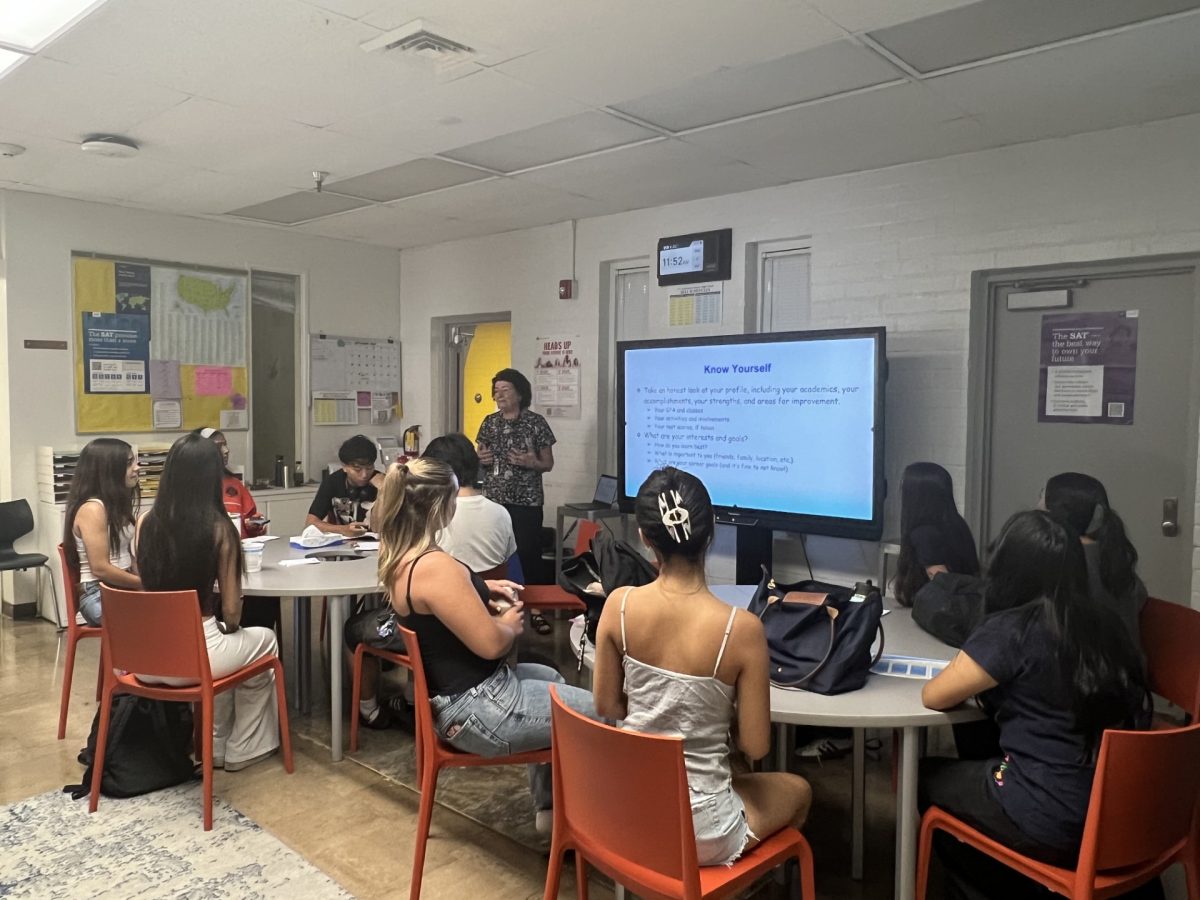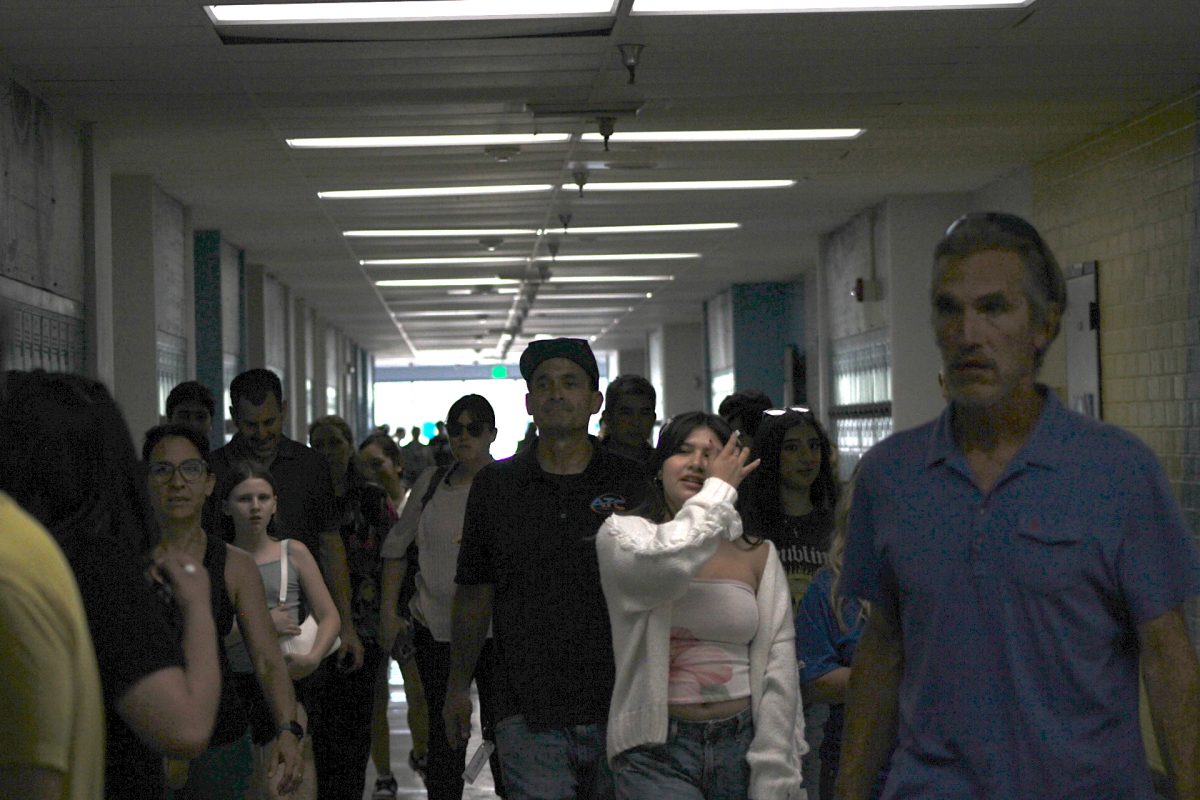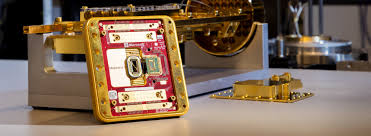Microsoft announced its new chip, the Majorana 1, Feb.19, 2025. After two decades of research, they were able to create a chip that specialized in quantum computing.
To compare, classical computing revolves around the bit, which is a unit of information that can be either a zero or a one. Quantum computing, however, uses quantum bits called qubits. These qubits can exist as both zero and one simultaneously.
This is also known as a quantum superposition, where a system exists in multiple states at once. Because of qubit superposition, a quantum computer can process information exponentially faster. But qubits are incredibly fragile, which means they are easily disturbed by their environment, leading to calculator errors called decoherence.
Most of the current quantum computers require error corrections for their superconducting qubits, making quantum computing impractical.
Microsoft overcame these issues by developing the topological qubit, a specific type that is more resistant to errors because of its composition. The science of it relies on the Majorana zero mode, in which the Majorana 1 chip gets its name. In this mode, a quasiparticle acts like half an electron and an antiparticle. This means a particle splits into two separate locations. The spread-out nature of these particles decreases the effect disturbances have on them. Thus, there are fewer errors to be corrected.
But to create the Majorana zero mode, Microsoft developed a new state of matter: a topological superconductor. To simplify, Microsoft combined the properties of superconductors and topological insulators into a material. Superconductors are materials that conduct electricity without much resistance, making energy loss minimum. Topological insulators allow electrons to move without scattering, which protects the quantum information. Together, topological superconductors allow for Majorana zero modes. With the qubit quasiparticles, Majorana zero modes, and topological superconductors, quantum computing has become stable.
These breakthroughs in quantum computing hold great promise for the future. Once quantum computing has developed further and become applicable for work, multiple fields will transform because of their problem-solving abilities. Quantum computing can be applied to the medical field by significantly decreasing the trial-and-error process for drug discovery and design, helping produce greater efficiency and accuracy. Within manufacturing, designs and material usage would be improved, revolutionizing production ability. These are just a few of the many applications of quantum computing can be used for.
So, with the discovery of topological superconductors and the usage of other quantum mechanics, quantum computing has become a reality. This technology redefines what is possible as it solves problems once thought to be unsolvable.
It creates a world of possibilities with its limitless potential, opening up a new era of discovery and innovation.



























